Computers
286 Processor Introduced
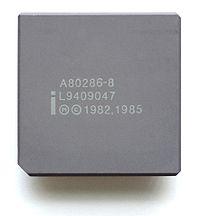
The Intel 80286 processor is introduced in 6 and 8 MHz versions. It was employed for the IBM PC/AT, introduced in 1984, and then widely used in most PC/AT compatible computers until the early 1990s. The “286”, as it was most commonly called, paved the way for the PC (and now Macintosh) as we know it today.
Windows Vista Released; Users Exodus
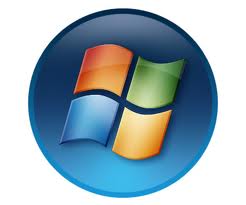
Six years after the launch of Windows XP, the infamous operating system, Windows Vista, was released to an unsuspecting public. For various reasons, the launch of Vista was marred by numerous incompatibility, stability, and otherwise onerous problems. While Microsoft actually made Vista much more palatable after 2 Service Pack upgrades, the damage was already done. Vista’s reputation never recovered. Many wonder if this is why Microsoft so quickly followed only two years later with Windows 7.
First Computer Virus Written
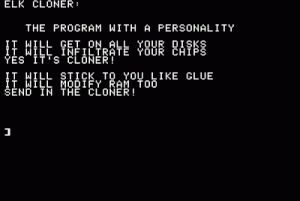
Richard Skrenta writes the first PC virus code, which is 400 lines long and disguised as an Apple II boot program called “Elk Cloner“.
Radio Shack Chooses Compaq
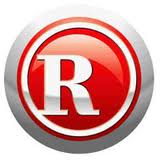
Radio Shack partners exclusively with Compaq rather than IBM to sell PCs throughout their 7,000 stores. Six years later, IBM sold its PC division to the Chinese company Lenovo. Compaq was the exclusive PC sold in Radio Shack stores for many years.
iPad Introduced
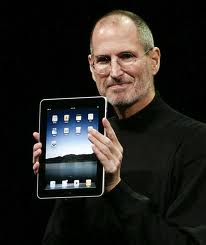
Apple introduces the iPad. The introduction of the iPad triggered the close of the PC era and marked one of the pivotal points in computing history. Solidifying the age of mobile computing, the iPad still to this day is the bar to which other tablets measure up to.
Compaq Purchases DEC
 January 26, 1998
January 26, 1998
Compaq Computer purchases Digital Equipment Corporation for $9.6 billion. Digital, or DEC, was a pioneering company in the early history of computers from the 1960’s – 1980’s. Unfortunately, as was seen with many companies, they were slow to recognize the rise of the PC which ultimately led to the sell-off of all the company’s business units, cumulating with the final sale to Compaq. Compaq itself was eventually merged with HP.
Lotus 1-2-3 Goes on Sale
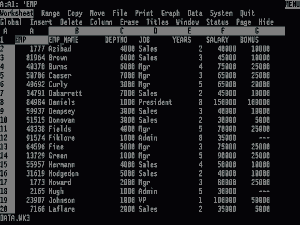 January 26, 1983
January 26, 1983
The Lotus Development Corporation releases Lotus 1-2-3 for IBM computers. While not the first spreadsheet program, Lotus was able to develop 1-2-3 because the creators of VisiCalc, the first spreadsheet, did not patent their software. 1-2-3 outsold VisiCalc by the end of the year and 2 years later Lotus bought out the assets of VisiCalc and hired its main creator as a consultant.
Macintosh Launched
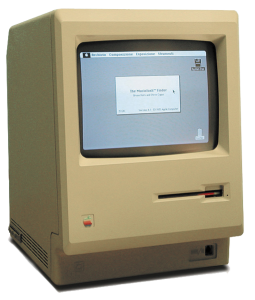
Apple Computer, Inc. launches the Macintosh computer with a demonstration of the computer in front of 3,000 people. While the Apple Lisa was the first commercial computer with a graphical interface, the Macintosh would bring graphical computing, and computing in general, to “the rest of us”, as Apple’s early slogan for the Macintosh claimed. While not as commercially successful as Microsoft’s DOS and later Windows, there is no doubt that the innovations of the Macintosh pushed the entire computing industry ahead and continue to do so to this day.
The Happy99 Worm Appears
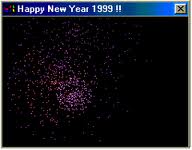
The Happy99 worm first appeared. It invisibly attached itself to emails, displayed fireworks to hide the changes being made, and wished the user a happy New Year. It was the first of a wave of malware that struck Microsoft Windows computers over the next several years, costing businesses and individuals untold amounts of money to resolve.
BlackBerry Introduced

RIM introduces the BlackBerry. The original BlackBerry devices were not phones, but instead were the first mobile devices that could do real-time e-mail. They looked like big pagers. I should know. I had one on my hip for two years while working at Anheuser-Busch in the early 2000’s. In 2001, I visited the BlackBerry production facility in Waterloo, Ontario, Canada. It was surprisingly small at the time. They way I heard it, the name “BlackBerry” came from the similarity that the buttons on the original device had to the surface of a blackberry fruit. Those crazy Canadians!
